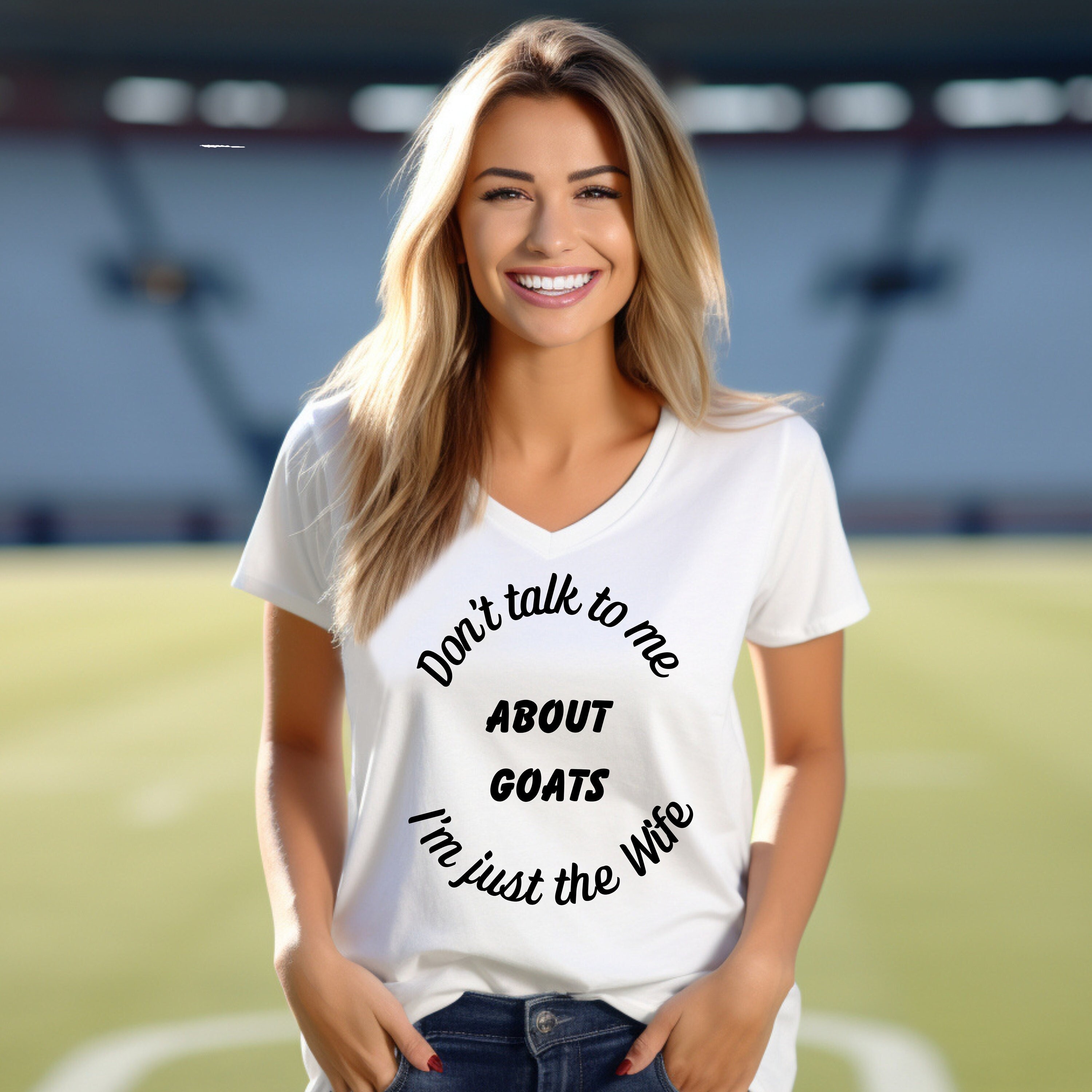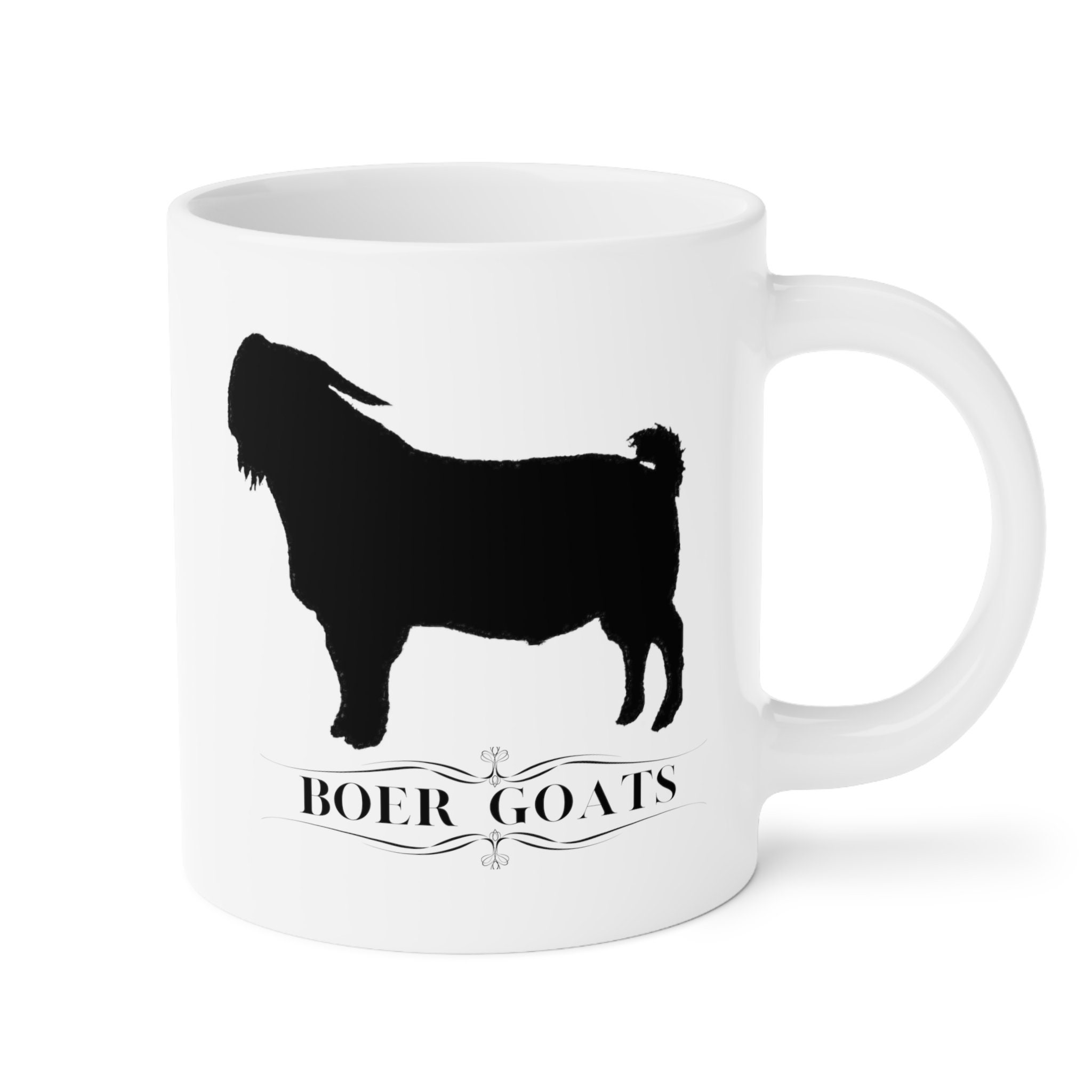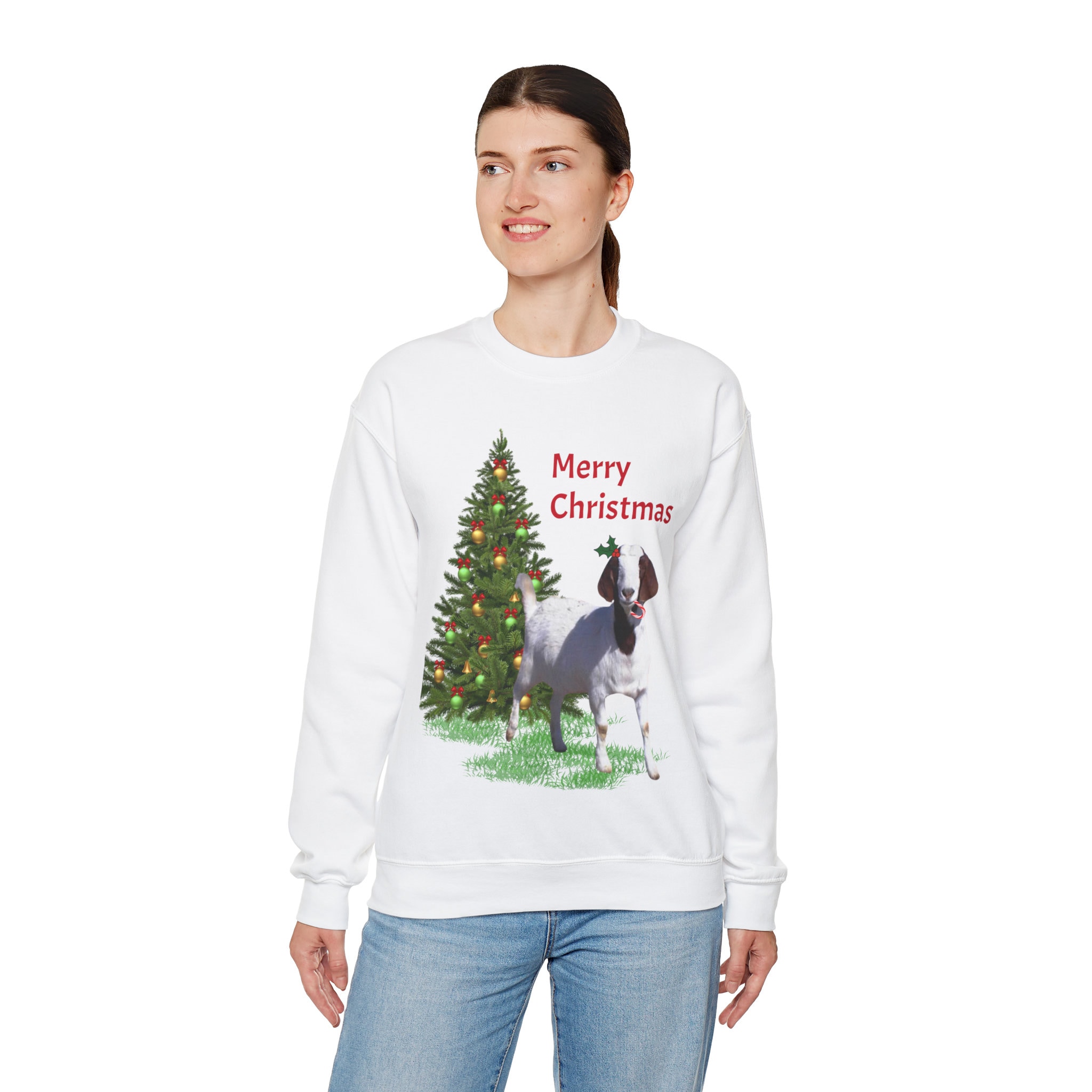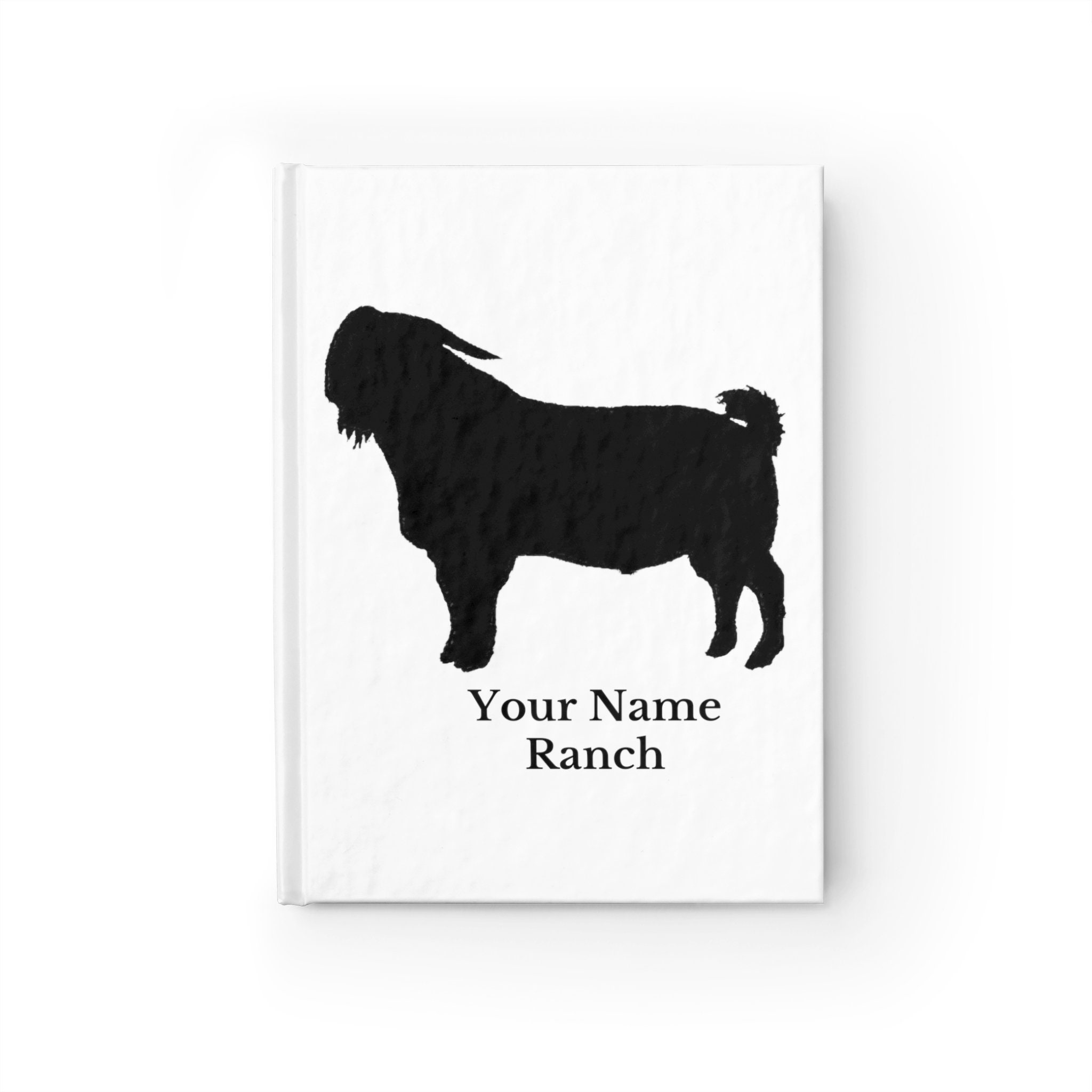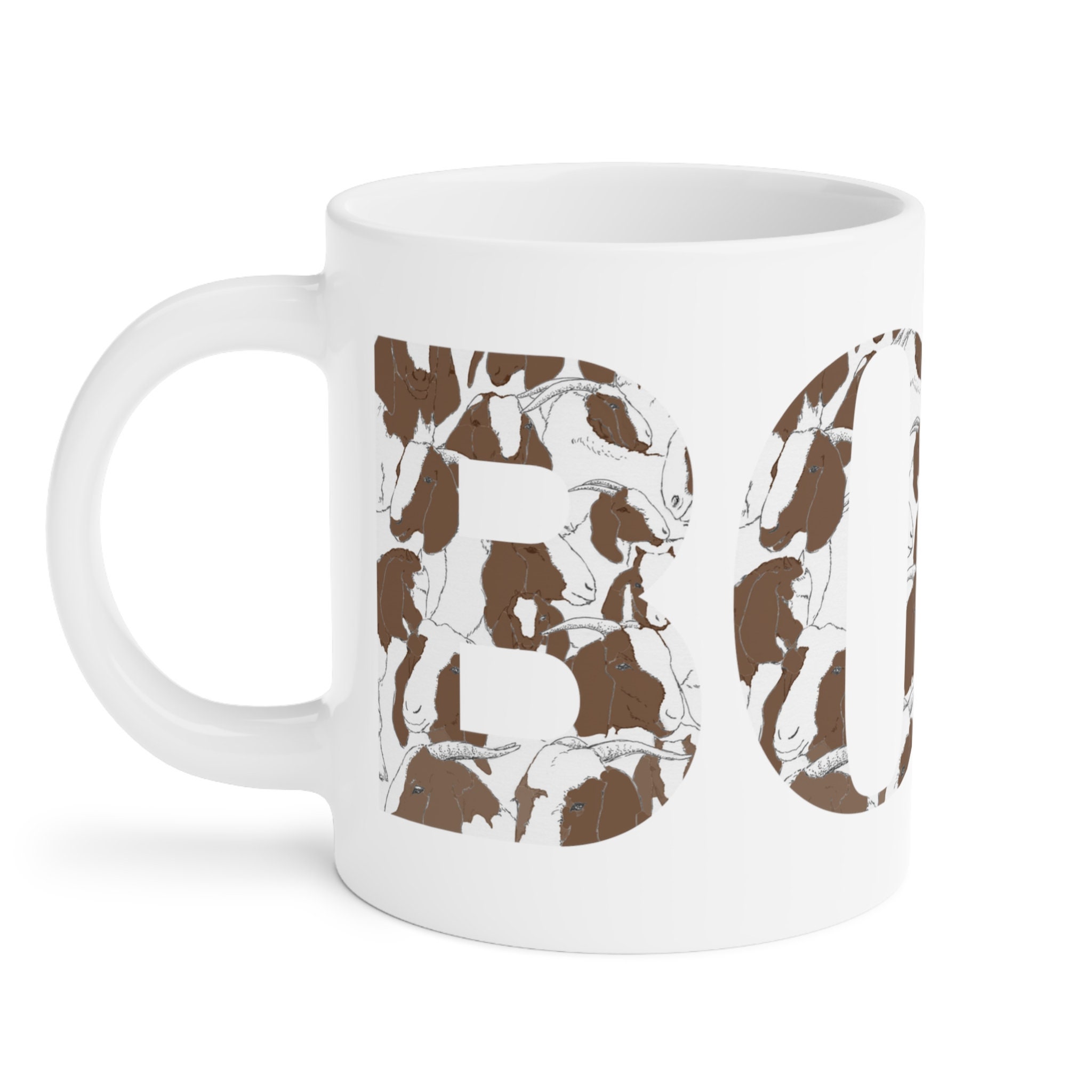How to Choose Good Meat Goat Stock
Whether you are buying full bloods, meat foundation goats, half bloods or evaluating your own kids, it is important to know what you're looking for. The best way to learn to identify good meaty animals is to take a class or have an expert carefully teach you what to look for. Several of the associations hold regular classes all over the continent. Give them a call and see if they have anything coming up in your area!
When selecting meat goats, several criteria should be considered: conformation (structural correctness), general appearance (size, depth and width of body, and muscling), health, and condition. I will try to explain each area to you, at least briefly, so you can begin to judge your goats for yourself.
Conformation is the symmetrical formation and arrangement of the parts of your goat. (Please refer to the drawing at the end of Chapter 1.) A good meat goat should be balanced in appearance from the side with straight, level top (the back) and bottom lines. In other words, he should look like a good block of wood. The length of the back (loin) is very important to the market desirability of a meat goat since the loin is the most expensive section of the meat. The loin starts just behind the ribs and includes the top of the back, on both sides of the spine, all the way back to the rump. The loin can be described in 3 ways; length, width and depth. Some animals can have a long loin, but with very little width, depth or meat on it. The rump should be nearly level from the hips to the tail over a muscular thigh. The barrel should be large in depth, length and breadth to show that the animal can contain a large rumen, and will be able to sustain itself on forage. Extremely "pot bellied" animals are not a plus. The 'heart girth' should also be broad with ribs that are well sprung.
The legs should be straight when viewed from the front or the back. The rear legs should be perpendicular from the heel to the hock, and have a definite angle to them from the hock to the stifle joint, when viewed from the side. Muscling should come well down on both the front and rear legs. The chest should be deep and broad and the rear legs should be set far enough apart to accommodate a good udder (even in bucks, since bucks sire doe kids and will pass on this attribute to their daughters).
The general appearance of the goat should be one of balance, health and strength. We are not looking for fine bones and dairy character from these animals at all! Even a good half blood doe needs to be thick and heavy looking, not a wirey, lightweight little sweetheart perched at the top of long skinny legs. And you are definitely not looking for a huge, hanging udder! Most meat herds are raised on large pastures containing lots of scrub and brush. No one is going to go out there every day and make sure that udder is in good condition and getting milked enough for the doe's best health. Look for animals that appear as though they could raise kids on very little feed, and with very little help.
The eyes should be bright and the forehead should be broad. A thin animal with a poor coat and dull eyes will make a poor addition to your herd, while a robust, muscular animal will produce kids with like attributes. Look for muscling in the rear legs, buttocks, outside and inside of the thigh, shoulders, chest and neck.
The health of a goat is not always easy to establish because many diseases do not have obvious symptoms. A healthy goat is alert, with bright eyes and a good coat. A goat in poor health has a rough coat, is listless with dull eyes, or is possibly too thin. The best indication to the general health of a particular animal is sometimes the overall appearance of the herd she comes from. Of course, we are all trying to look for animals with no obvious problems, but what about the problems that are not as obvious? The best solution is usually to talk to the breeder about his health program. Does he worm and vaccinate his goats regularly? Does he keep health records of any kind? What does he do about abscesses? Does he have any does with arthritic problems? Do his does have any trouble raising their kids out to weaning age? Do the animals in his area ever have any trouble with foot conditions? What is the average birth weight?
The "condition" of the goat refers to the amount of fat the animal is carrying. Meat goat judges disagree widely in this area, but if you are buying a breeding animal it should have no more than a reasonable amount of fat. Meat goats tend to look "fat" to us because they are so much thicker than dairy goats. If a meat animal is too fat, it will be obvious to you - it will be rotund! Remember, an over conditioned, fat doe will have fat deposits around her ovaries and will not breed as easily as a doe with a reasonable amount of fat for her breed. By the same token, an extremely thin doe (or buck) probably has some internal problem and may not be able to survive on rough feed or provide enough nutrition for growing kids. Picture 18: Three year old Kiko does.*
How to Choose a Doe
Whether you are wanting to raise breeding stock or develop a meat production herd, you will need to buy a majority of does. Most breeding stock producers start with a fullblood buck, a few fullblood does and 20 or 30 does of some other breed to produce cross breeds. A meat production herd will be looking for 25 to 50 females for every buck. So what do you look for in your doe?
Try to find stock between 10 months and 36 months of age. Does that have kidded at least once are less of a risk because you know they are fertile. Ask the breeder why he is selling these particular does. They may have a weakness that is important to him, for his breeding program, but not important to a meat herd. I once bought a big, beautiful dairy doe that produced triplets every year, but the owner was culling her because she milked heavily for only three months after kidding, and then dried up. This was a disaster for his dairy herd, but perfect for my meat herd. I want her to kid easily, raise her kids with little or no help from me, then dry off as quickly as possible.
Ask the breeder how these does kidded last year. An evasive answer should make you question both the purchase of these animals, and the integrity of this breeder. If these are your first goats, it is important to get stock that have as few inherent problems as possible.
Look for does with apparently sound udders with one (or two in Boers) average size teats on each side. A goat's udder is very important even if you are not milking your goats. That udder is going to be the milk bottle for her kids! So take another look. Udders should not be lop-sided or lumpy. They should not be dragging on the ground or have teats that stick out on the sides so the kids can't find them. If the doe has more than one orifice on each teat, the milk can run out of the orifice the kid is not using, and right up his nose! On fullblood Boers or Boer crosses, it is acceptable to have two teats on each side as long as they are not so close together as to become one teat with two orifices.
Look for healthy animals with good coats, that are of adequate size (teeny, frail looking little does will not kid out well!) and free of obvious deformities. Buying a herd of only "virgin" doelings has been likened to having a semi-death wish! Although this might be putting it a little strongly, doelings do have more problems kidding. If you have to buy virgin does be sure they are going to be at least 70 to 80 pounds at breeding age. I prefer to breed a doeling after she is 8 or 9 months old so she has time to get a little bit bigger. Also, virgin does have not kidded yet, so you can not tell if they will have bad udders, be poor mothers or have fertility problems.
When I was getting started, I bought a collection of dairy does from several ranches, all of whom were supposed to be pregnant. I was not offered a choice, but took what they loaded in my truck. I didn't know enough to ask questions about kidding history or health. They were goats and they looked OK to me. Out of 12 goats, two were infertile, two had very serious kidding problems and most of the rest were diseased. I ended up getting rid of the whole lot and starting over. The next time, I went shopping. I asked around. I toured the ranches, asked to see parents, kids and siblings, discussed kidding tendencies and disease control programs. Although I bought only "virgin" does the second time, they were all big girls out of big healthy moms who were bred for low disease, high multiple births (their mothers always had three) and kidding ease. Every one of them kidded beautifully, all by themselves, and still do.
If you are going to start raising a small herd of fullblood meat goats, you really do not need to buy a buck the very first year. Buy at least two bred does so that they will have a "buddy"! Buy them pregnant with an ultrasound certificate, registration papers, service memo, and health records. If you buy at least two that are from the same herd, they will already be bonded.
Good conformation and features are very important when buying your does. Don't fall into the trap of buying does just because they are offered to you. Even a meat production herd needs does that are going to throw meaty kids rather than skinny spindly ones. If you are raising fullbloods, then you need to look at that doe as the mother of your future generations. Is that the way you want your goats to look in the years to come?
Bucks
The decision to buy a fullblood meat buck is a difficult one for many people. Boer and Kiko bucks can get to weigh upwards of 350 pounds! They can be very hard on fences and goat houses at that size, and although Boer bucks tend to have very mild temperaments, those horns must be respected. However, if you are going to have a serious breeding program, and unless you're a real wiz at AI, or you have a great agreement with a neighbor who owns a meat buck, you're stuck with buying a buck.
My advice? A cheap buck might be easier to swallow at first, but in the end he'll most likely choke your pocket book. If you can buy a buck for way under market price stop and ask yourself, "What does the breeder know about him or his father that I don't know?" Even in a meat herd, a buck that is going to produce small, low gaining kids, serious flaws, or no kids at all, is not a smart buy. Everything produced on your ranch, probably forever (considering that even after the buck has moved on, you are still breeding his daughters and producing his grand kids and great-grand kids!), is going to be related to that buck. A doe might influence a portion of your herd, but your buck will "touch" them all. So look for a good buck that is priced reasonably for the market, and don't settle for the one that will be the easiest on your budget.
The best bet is always an older, proven buck. That way you can see some of his kids, obtain kidding records, etc. Unfortunately, older bucks are more expensive and hard to find. They are also a little intimidating. Most new goat raisers would much rather buy a kid and "grow up with him" than start out with a full grown buck. If you do find an older buck that you really love, and you love the kids you're seeing out of him, you feel that your fences are up to the challenge, and he throws the percentage of doe and buck kids you had in mind (Remember: the doe determines the number of kids and the buck determines the sex.) then, by all means, don't walk away! Buy him!
For the rest of us who have to make do with an unproven kid, check his pedigree. How inbred is he? Check his bloodlines. Are his father and mother there for you to see? Check his conformation! You are looking for a broad chest, broad escutcheon (space between his back legs), a long, straight back, straight legs from the front and back views, a good angle to his back legs from the side, strong feet, a deep strong rib cage with a good spring to it, a strong neck and head, and a wide horn set. Overall, your buck should be a big, strong "macho" kind of animal.
Excerpt from Raising Meat Goats for Profit by Gail Bowman. May NOT be reproduced in any form without written permission from the author.




